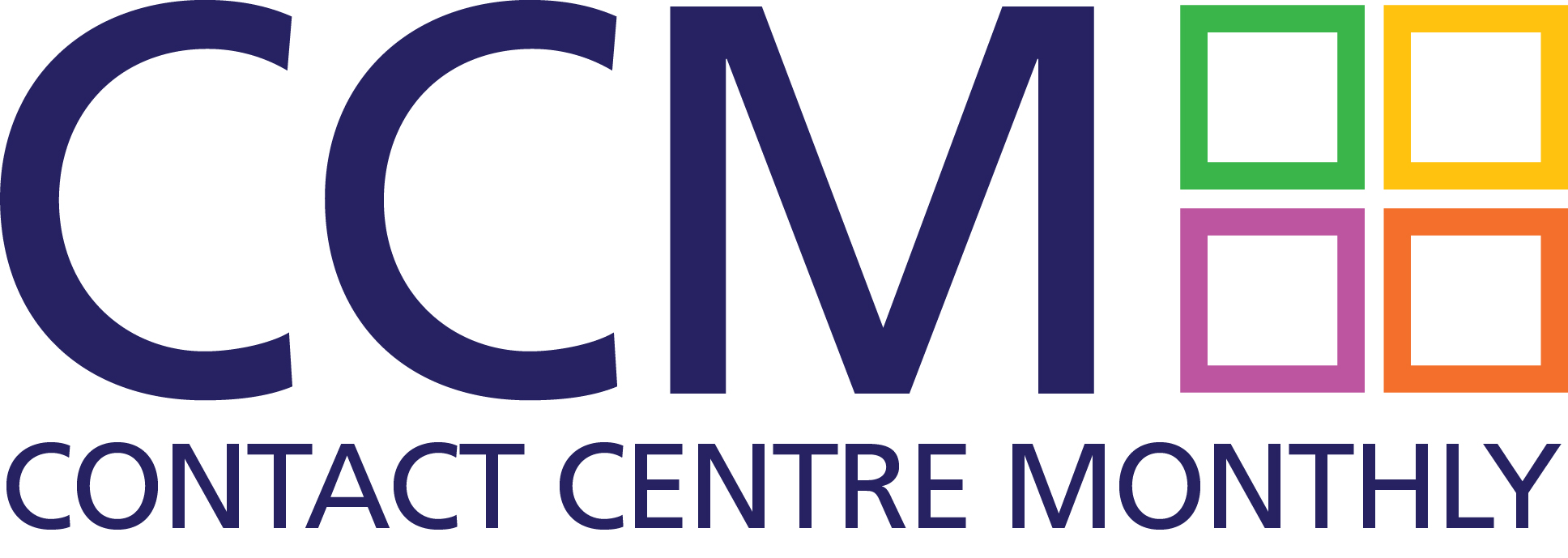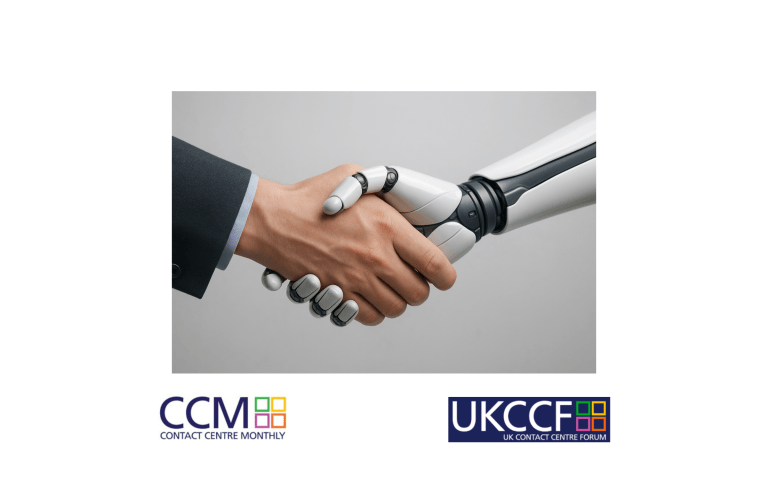Just a few years ago, “artificial intelligence” sounded like something out of a sci-fi movie—an abstract idea reserved for tech labs and futurists. Today, it’s everywhere. From your smartphone’s photo filters to self-driving cars, AI (short for artificial intelligence) has rapidly woven itself into the fabric of everyday life. But why, all of a sudden, is everyone talking about it? The answer lies in a perfect storm of technological progress, accessibility, and imagination.
A Technology Decades in the Making
AI isn’t new. Researchers have been exploring machine intelligence since the 1950s, when computer scientists like Alan Turing first asked whether machines could “think.” What is new, however, is the speed and scale at which AI has evolved.
For decades, progress was slow—limited by weak computing power and small datasets. Then, around the 2010s, three key breakthroughs changed everything: massive data, powerful graphics processing units (GPUs), and new learning algorithms known as deep neural networks. Together, they allowed computers to process information more like human brains—recognizing patterns in voices, faces, and text.
That’s when AI quietly slipped into our apps, streaming platforms, and shopping sites. Netflix began recommending what we’d like to watch next. Google Maps predicted the fastest route home. Siri and Alexa started understanding what we said—most of the time.
But in the last few years, AI’s presence has exploded from background helper to front-page headline. What changed?
The Rise of Generative AI
In late 2022, a new kind of AI burst onto the scene: generative AI. Unlike earlier systems that merely analyzed or classified information, these models could create—writing essays, composing music, designing graphics, even generating computer code.
Tools like ChatGPT, DALL·E, and Midjourney demonstrated that AI could mimic human creativity in startling ways. Suddenly, anyone—not just engineers—could interact with advanced AI through simple text prompts. You could ask a chatbot to explain quantum physics, draft a business plan, or write a bedtime story in the voice of Dr. Seuss. The result? A cultural and technological moment that felt like the invention of the internet all over again.
Generative AI made the invisible visible. It showed the world that AI isn’t just about robots or automation—it’s about ideas. It blurred the line between what humans and machines can create.
The Democratisation of Power
What’s fueling the current buzz is not only AI’s capability but also its accessibility. For the first time, advanced AI tools are in the hands of ordinary people—students, freelancers, artists, small business owners, and entire industries.
In the past, developing AI required specialized knowledge and expensive hardware. Now, anyone with a laptop and an internet connection can experiment with models that previously cost millions to train. That democratization has unleashed a wave of innovation and creativity.
Teachers are using AI to personalize lessons. Doctors are exploring AI-assisted diagnostics. Marketers use it to analyze trends and craft content in seconds. Even local governments are testing AI for traffic control and emergency response.
It’s not just tech companies driving the conversation anymore—it’s everyone. And that collective engagement, powered by curiosity and experimentation, is amplifying the discussion everywhere from classrooms to boardrooms.
The Promise—and the Peril
Of course, with great power comes great complexity. The same technology that writes essays and generates art can also spread misinformation or replace human jobs. That’s why AI has sparked heated debates—not just among scientists, but across society.
Critics warn that generative AI can produce “hallucinations,” or confident-sounding falsehoods. Artists and writers worry about copyright and creative ownership. Tech leaders call for safety regulations, fearing that unchecked development could lead to harmful or biased systems.
On the flip side, AI proponents argue that these tools can augment human potential rather than replace it. They envision a world where AI handles repetitive work—data entry, customer service, translation—so people can focus on what truly requires human judgment: empathy, ethics, and innovation.
The truth likely lies somewhere in between. AI is both a tool and a mirror—reflecting our ambitions, our fears, and our values. The conversation about AI isn’t just about machines; it’s about what kind of future we want to build.
Why AI Feels Different This Time
Every major technological revolution—from electricity to the internet—has changed how people live and work. But AI feels uniquely personal. Unlike earlier innovations, it interacts with language, art, and thought—the very things that make us human.
When a chatbot can hold a conversation or an algorithm can mimic your writing style, it’s natural to feel both wonder and unease. It challenges our sense of identity and creativity. Yet, it also opens up incredible opportunities to learn, connect, and create in new ways.
AI isn’t replacing humanity—it’s expanding it. The tools we’re building now are teaching us as much about ourselves as they are about technology.
The Future of the AI Conversation
So, why is everyone talking about AI? Because it’s not just another tech trend—it’s a shift in how we think, work, and imagine the future. The conversations happening today—about ethics, innovation, education, and creativity—will shape how this technology integrates into society for decades to come.
Whether you’re excited, skeptical, or somewhere in between, one thing is clear: the AI revolution is not something happening to us—it’s something happening with us. And the more we talk about it, the better equipped we’ll be to shape it responsibly.
AI is no longer the future. It’s the present—and it’s everyone’s conversation now.
The above was created with the help of ……… you guessed it. ChatGPT AI




